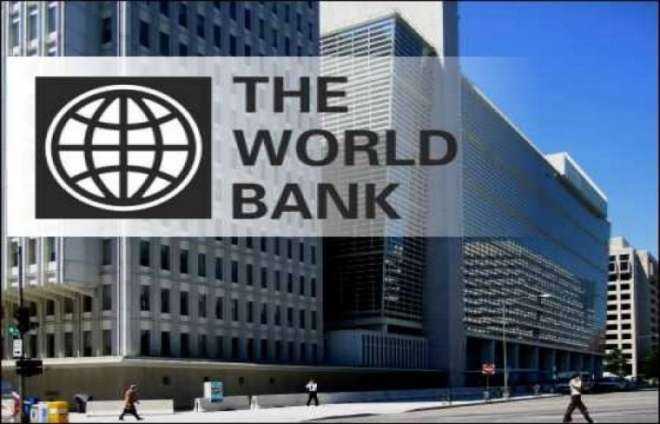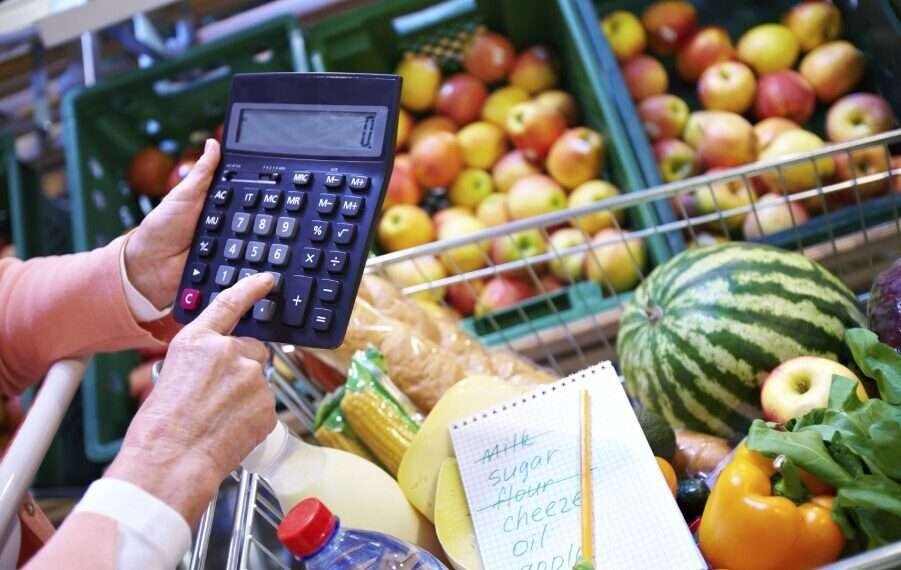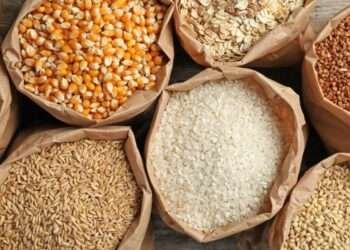The findings, interpretations and conclusions forecasted by World Bank report indicates an expectation of a fall in the prices of agricultural foods and products by 5% percent in 2023, reflecting better prospects for global production alongside lower input costs, particularly for fertilizers.
Despite these projections, World Bank disclosed that agricultural prices are expected to remain above pre-pandemic levels. In addition, the report highlighted the possibility that fertilizer prices will continue to rise in response to higher natural gas prices caused by the closure of several European fertilizer manufacturers.
According to World Bank, high inflation reflects a combination of supply and demand factors including price increases for food. ‘In poorer countries, inflation has risen rapidly, partially caused by the greater share of food in consumer spending than in wealthier countries.’
The Report further revealed that the ease in most commodity prices is largely driven by the slowdown in global growth and concerns about the possibility of a global recession, but commodity prices remain high according to historical standards, prolonging challenges associated with food security, it added.
Food Insecurity
In emerging markets and developing economies, especially low-income countries, World Bank divulged that food insecurity remains a serious concern driven by trade restrictions, weather-related events, and conflict, including the Russian invasion of Ukraine.
“For low-income countries (LICs), growth is projected to grow 5.1 percent in 2023. Despite this forecast, high inflation, tight monetary policy, and debt distress are expected to restrain domestic consumption and investment in LICs.
“The cost-of-living crisis has pushed many more people into food insecurity, especially in LICs, where fragility was high before Russia’s invasion of Ukraine. LICs’ food supplies are likely to remain stressed because of limited grain imports, reduced fertilizer use, and persistent severe drought conditions in many countries. Intensification of conflict in some LICs will continue to disrupt farming activities and limit market access.”
World Bank Report

Highlighting on the depreciatory outlook of most countries’ currencies, the Report mentioned that high global fuel and fertilizer prices which have become more costly because of weakened currencies will keep local food prices high, which will reduce food affordability and real incomes, which may further increase food insecurity.
In response to the potential impacts of slowing global growth, World Bank suggests that the international community must intensify support to those affected by food insecurity, particularly in LICs.
“Governments can support the most vulnerable by not imposing export restrictions and by targeting support measures to low-income groups. Credible medium-term frameworks that focus on reducing wasteful spending, such as inefficient agricultural subsidies, must guide fiscal consolidation needs.”
World Bank Report
The report added that conflict and instability continue to drive food insecurity, especially for internally displaced persons, of whom there are currently more than 6.1 million.
Previous Updates
According to World Bank, since the last update on December 13, 2022, agricultural, cereal, and export prices have remained relatively stable. Domestic food price inflation also continues to remain high in almost all countries.
Information from the latest month between September and December 2022 for which food price inflation data are available showed high inflation in almost all low- and middle-income countries. That is, 94.1 percent of low-income countries, 92.9 percent of lower-middle-income countries, and 89.0 percent of upper-middle-income countries have seen inflation levels above 5 percent, with many experiencing double-digit inflation.
Read Also: Government Has Blown Up The Financial Sector Within 8 Years – Kofi Bentil





















